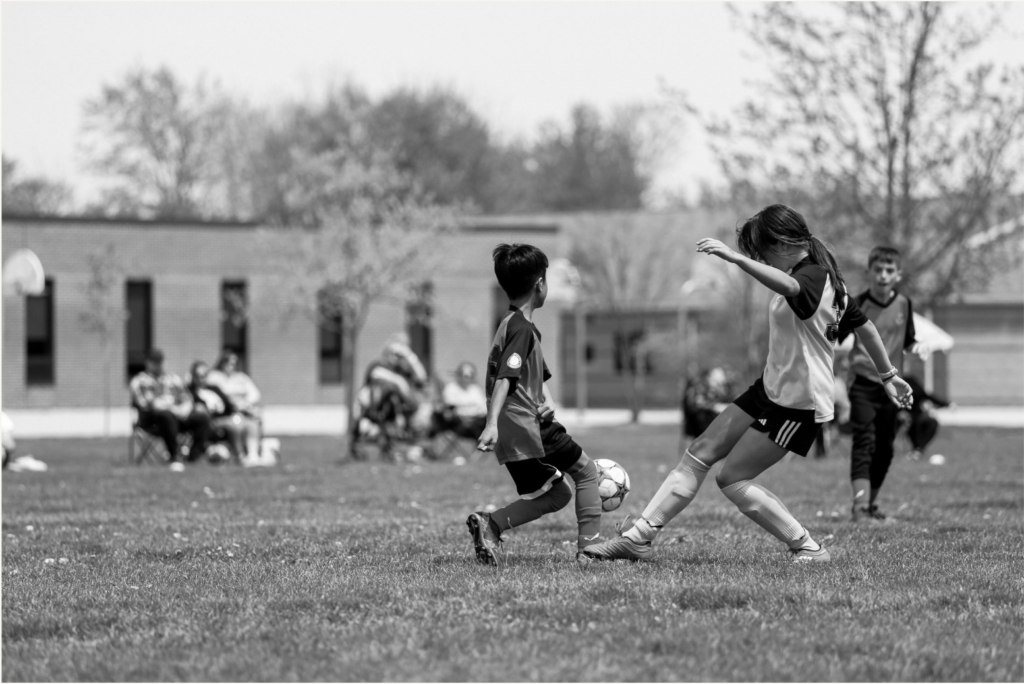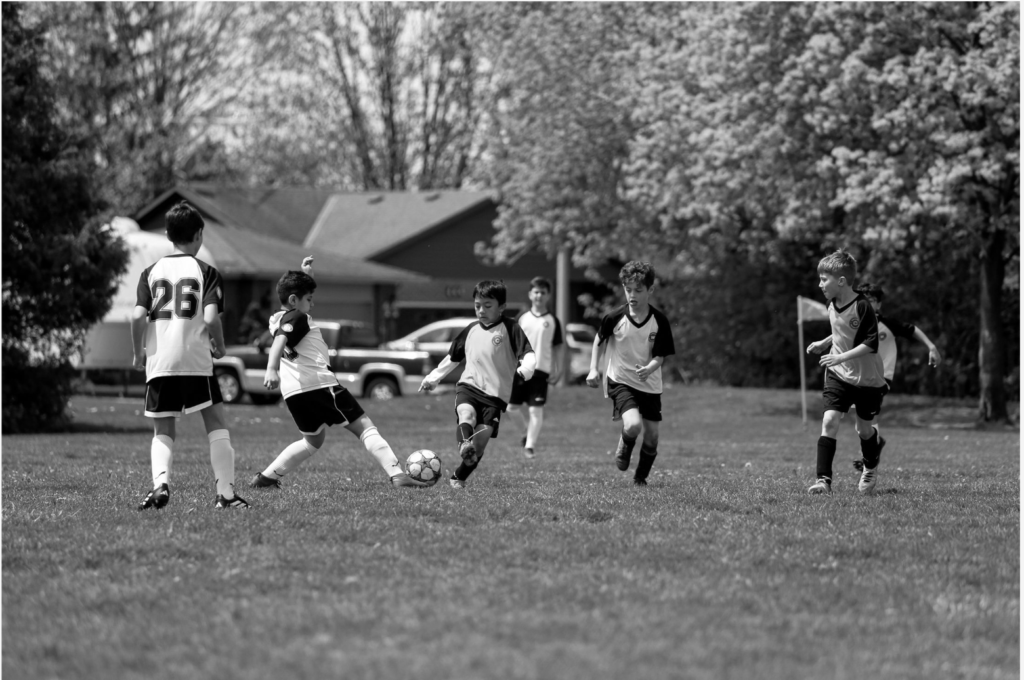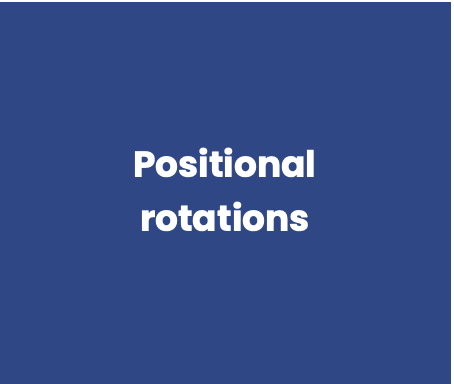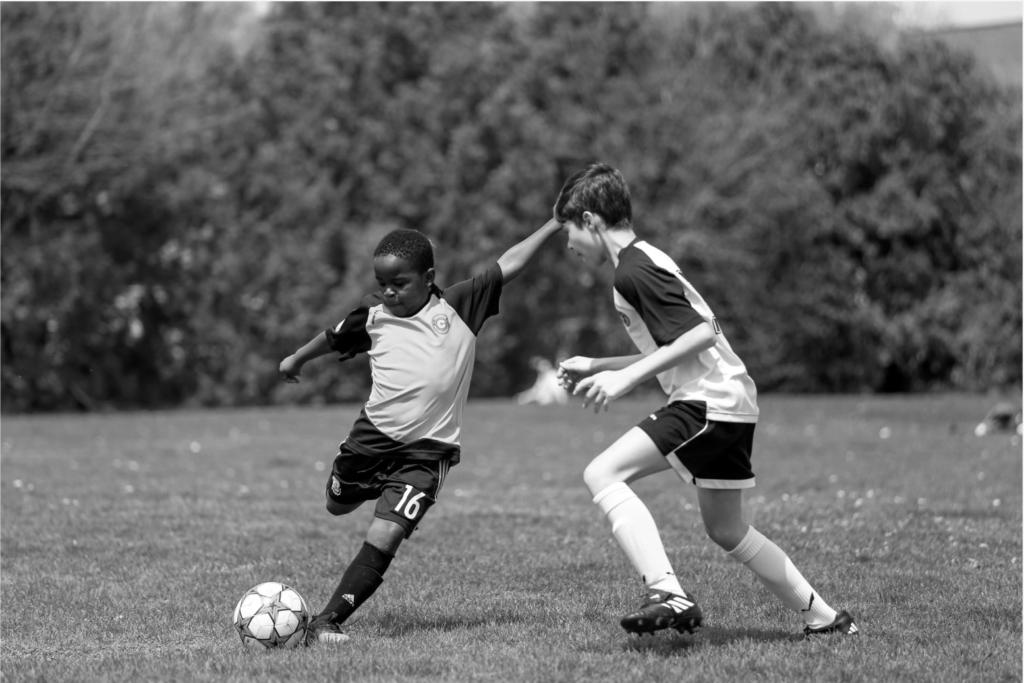Teams should adjust their Width & Depth strategies depending on the field zone they have the ball in to maximize the attacking principle’s effectiveness.
Defensive third

In the defensive third, the primary objective is to safely move the ball away from the danger zone. Mobility and Interchange of Positions strategies in this area should focus on:

Quick transitions: When the opportunity arises, use players’ movement to create space for a quick transition from defence to attack.

Supporting movement: Central players, such as holding midfielders, can drop deeper to provide support and create passing options, helping the team maintain possession and move the ball away from danger.

Switching play: In situations where pressure is high, defenders can use quick changes of direction and interchange of positions to create space and bypass the first line of defence.
Middle third

In the middle third, the objective is to control possession, probe the opposition’s defensive structure, and look for gaps to exploit. Mobility and Interchange of Positions strategies here include:

Positional rotations: Players should frequently rotate positions to create confusion among the opposition’s defenders and open up space for penetrative passes or dribbles.

Overloads: Use Mobility and Interchange of Positions to create numerical superiority in specific areas of the field, forcing the opposition to adjust and potentially exposing gaps in their defensive structure.

Width and depth: Ensure that players maintain appropriate width and depth in their positioning to maximize available passing options and stretch the opposition’s defence.
Attacking third

In the attacking third, the goal is to create goal-scoring opportunities by disrupting the opposition’s defensive structure. Mobility and Interchange of Positions strategies in this area involve:

Unpredictable movement: Forwards and attacking midfielders should make unexpected runs and change positions frequently to create confusion among defenders and exploit gaps in the opposition’s defensive line.

Combination play: In the final third, players can use Mobility and Interchange of Positions to create opportunities for combination play, such as one-twos, wall passes, or overlapping runs, to break through organized defences.

Targeting weaknesses: Identify and exploit the opposition’s defensive vulnerabilities by constantly changing positions and creating mismatches that can lead to goal-scoring opportunities.
By adapting Mobility and Interchange of Positions strategies to different field zones, teams can effectively use the attacking principle to unsettle defences and generate goal-scoring opportunities throughout the match.